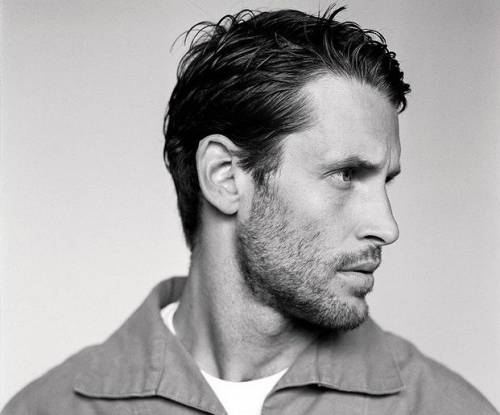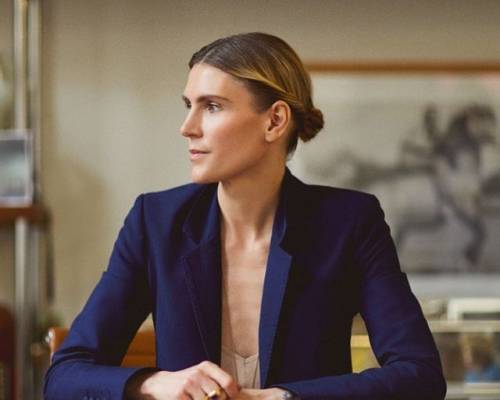Marc Jacobs: beauty in odd and imperfect things
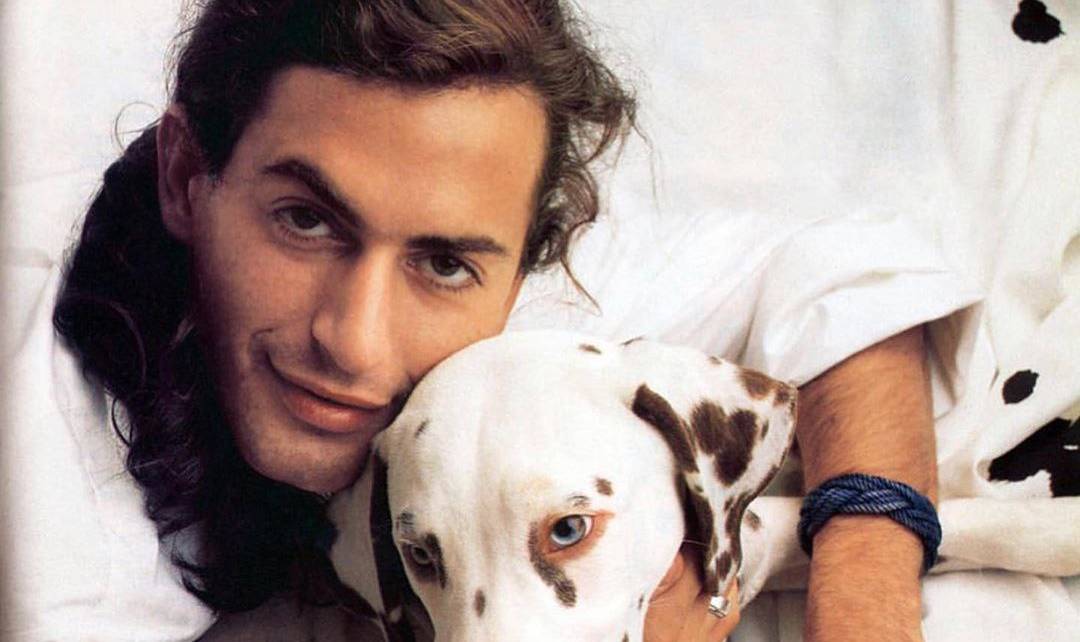
"One thing that is exciting about fashion is the surprise element. People don't know what they want. They just know when they see it."
Marc Jacobs
American designer Marc Jacobs not only singles out "the surprise element" as one of the main engines of fashion but follows this conviction, shocking and astonishing the audience from season to season. The aesthetics of his namesake brand combine the rebellious spirit and endless youthful exuberance that have relentlessly opposed the canons of traditional style for more than 35 years.

Jacobs's childhood was not a picnic. Marc was born on April 9, 1963, in New York. At the age of seven, little boy first faced the cruelty and injustice of life - in 1970 his father died. This terrible event was the beginning of the family breakup - probably in the pursuit of female happiness, Jacobs's mother married three times and did not pay due attention to her growing son. After several travels, Mark moved to his grandmother in Manhattan, and that is when his gradual passion for fashion began. According to the designer, the grandmother was his closest person, and also influenced his whole life, instilling in her grandson a taste for beautiful things and teaching him to knit. In the future, thanks to his unusual "crumpled sweaters" Jacobs will win the attention of the fashionable public.

Beloved grandmother always encouraged all the undertakings of her grandson, including his entering to the Parsons School of Design, wherefrom the very first years of study, the young genius began to show his talent. In 1984, he received the prestigious French Gold Thimble Award and the Student Design of the Year Award. Then Jacobs created and successfully marketed his first line of hand-knitted sweaters under The Sketchbook label, Reuben Thomas, Inc. Student years were not without parties in rock 'n' roll clubs, which played an important role in shaping the designer's vision, and fateful meetings. While working part-time in the avant-garde New York clothing boutique Charivari, Jacobs meets the famous designer Perry Ellis.


In 1989, three years after Ellis' death, Marc Jacobs was invited to take over as chief designer at Perry Ellis. Despite the boundless talent and trust placed in him, the designer succumbed to self-doubt and all-consuming fear of not living up to the high expectations placed on him. Jacobs decided to fight all fears and doubts with alcohol.
Nevertheless, in 1992, Jacobs released the legendary grunge collection inspired by Nirvana's song 'Smells Like Teen Spirit.' Kind-of-secondhand plaid shirts, wrinkled sweaters, and big Dr. Martens boots made a great impression on the public and the press, but the shareholders of Perry Ellis did not appreciate the new style - the extravagant designer was fired.
 |
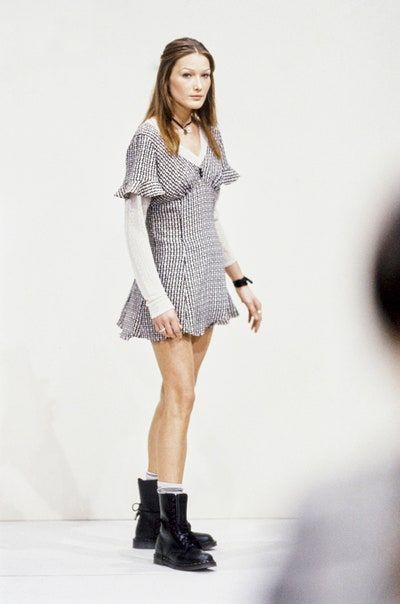 |
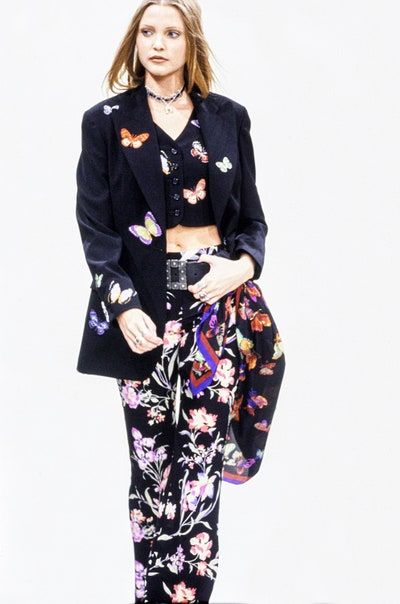 |
| Perry Ellis spring 1993 ready-to-wear collection | ||
| Photos: vogue.com | ||
Fortunately, the "banishment" did not ruin Jacobs' career. In 1997, thanks to the excellent flair for the talents and perseverance of the French businessman Bernard Arnault, Marc Jacobs became the creative director of the Louis Vuitton fashion house. However, before accepting the offer, Jacobs and his partner Robert Duffy made Arnault a condition - the LVMH concern had to guarantee support for the Marc Jacobs brand. The businessman made a concession, allocating $ 140,000 to the brand. This amount was enough to open a Marc Jacobs store on Mercer Street and several fashion shows.
 |
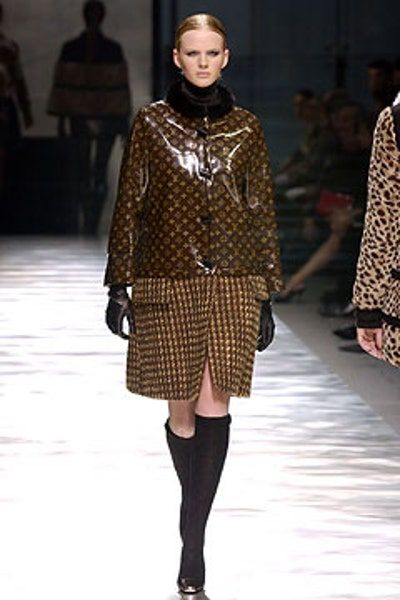 |
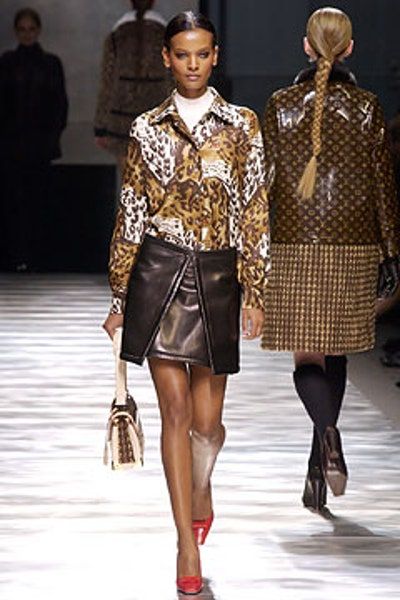 |
| Louis Vuitton fall 2003 ready-to-wear collection | ||
| Photos: vogue.com | ||
Thanks to Jacobs' fresh look, Louis Vuitton's sales tripled, but the enormous responsibility and fear of failure came to light again. The designer returns to alcohol, dulling his anxieties with cocaine. So, in the early 2000s, Jacobs first went to a rehabilitation clinic. Returning to work in 2001, the designer received seven CDFA awards, including Best Womenswear Designer, Best Menswear Designer, and Best Accessory Designer. During 16 years of Jacobs' work at the Louis Vuitton fashion house, the brand opened more than 60 stores around the world, improved incomes, and also acquired an iconic monogram in the form of intertwined first two letters in the brand name and many other bright elements, the creator of which was Marc Jacobs.
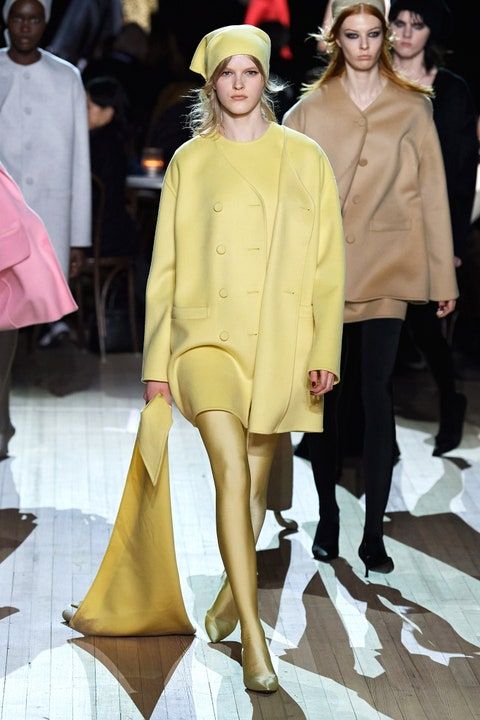 |
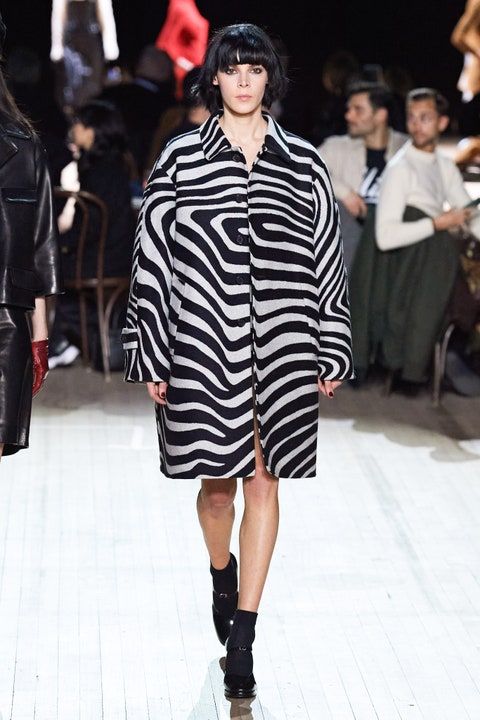 |
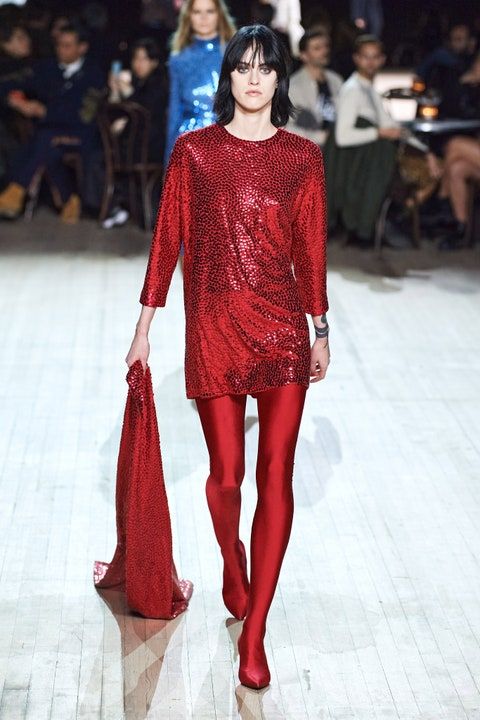 |
| Marc Jacobs fall 2020 ready-to-wear collection | ||
| Photos: vogue.com | ||
In the confrontation between luxury and super-casual, the second won. In 2013, the designer left Louis Vuitton to focus on developing his own brand. Today, clothes by Marc Jacobs are among the most desirable wardrobe items - be it an extravagant dress that combines casual and luxury or a tiny Snapshot Bag. Even the most inveterate fashion expert is unable to predict what the great designer will show in the new season - from year to year, Marc Jacobs presents collections, the main cell of which is still the element of surprise, ensuring total unpredictability and exceptional innovation.
Read also:
Louis Vuitton: how did the suitcase empire turn into wearable luxe?
Elsa Schiaparelli: how the world of shocking fantasy and surrealism became part of fashion
Oscar de la Renta as the synonym of a feminine evening dress

